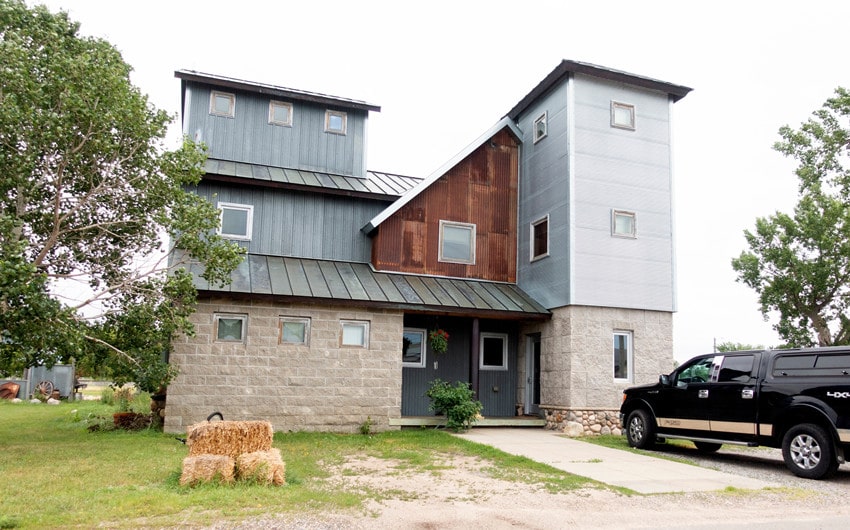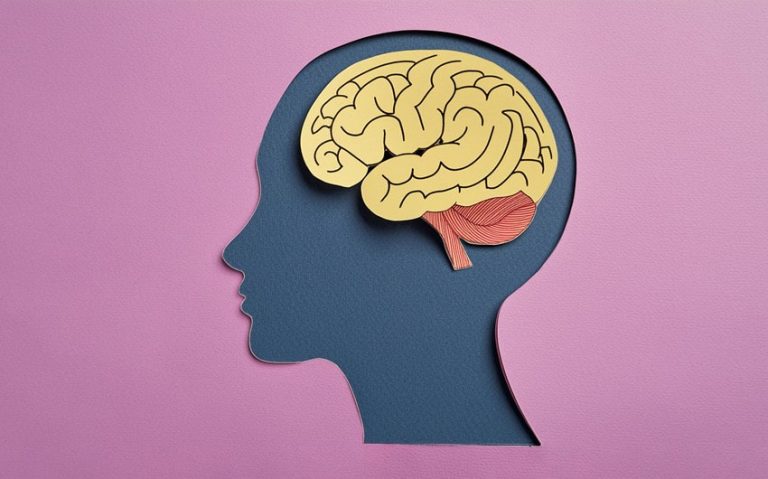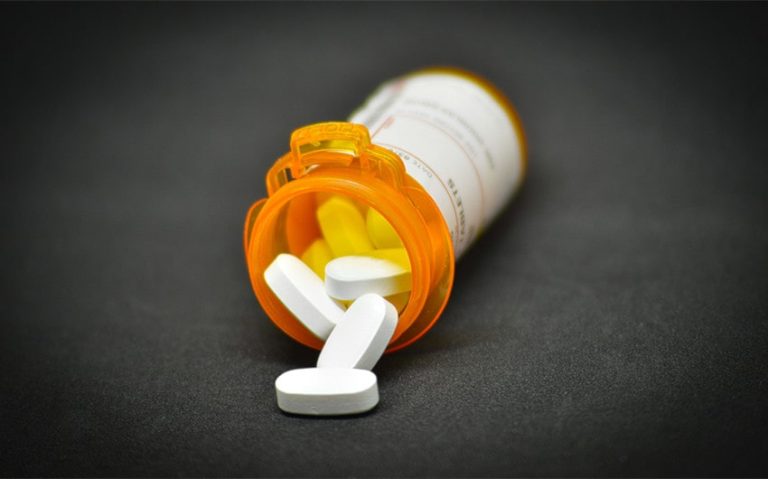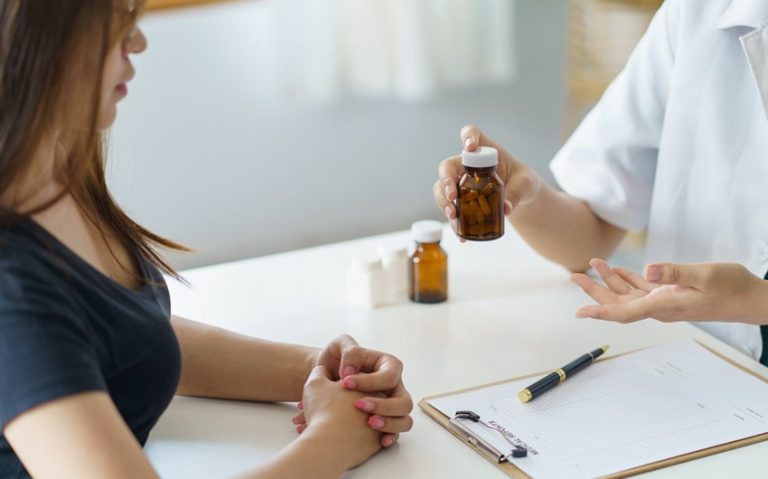A lot of times, our habits and behaviors are shaped by the kind of environment we live in. This is why many patients who have undergone substance detoxification programs choose to stay in a sober living home. Living in sobriety houses is a great way to gain independence from addiction and protect yourself from falling back into the same old pattern of substance abuse.
Even after an individual has successfully completed their rehabilitation program, there is a high chance of going back to the old ways, which is why enrolling in a sober living home or SLH is a great idea. If you live in Los Angeles, you are fortunate to have numerous SLHs that offer unwavering support and care to people fighting addiction.
Sober living homes in LA are carefully designed to meet the needs of the patients and help them build a life free from substance abuse. If you want to know more about sober living homes, the following article is here to guide you.
Understanding What are Sober Living Homes and Their Different Types
Sober living homes are facilities that offer substance abuse patients who are currently on their path to recovery a safe environment to heal and develop independence from addiction. According to the National Insitute of Drug Abuse, an addict must stay for at least 90 days in SLHs for the treatment program to be the most effective since anything less than that poses a high risk for the addict as they might fall back to their old pattern.
SLHs have four major categories depending on how they are run and the services they offer. Here, it is important to note that these facilities might also be specifically designed for women, the LGBTQ community, young people, and men.
In the following section, we will discuss about the four major categories of SLH:
Level 1: Peer Run
In level one peer-run SLHs, there is no paid staff to monitor the individual’s behavior, and the residents usually take care of each other, enforce the law, and follow procedures. The services offered by peer-run SLHs include drug screening and resident house meetings with the objective of offering help and support to one another.
Level 2: Monitored
At level two, there is at least one manager who looks after the house along with a paid staff. A monitored SLH offers every facility provided by peer run groups along with giving the residents facilities for self help/ or other treatment. These houses are larger than level one SLH and can accommodate quite a few patients.
Level 3: Supervised
Supervised SLHs have well-organized administrative staff, such as facilities managers and other staff certified to work in such centers. These facilities offer off-site clinical services, teach patients life development skills, and provide all the other services mentioned in the level one and two SLHs. The licensing for these facilities may vary from state to state.
Level 4: Service Provider
Level four SLHs maintain an organizational hierarchy of the staff and add to the administrative and clinical supervision mentioned above. Moreover, they also have in-house clinical supervision and teach life development skills and social-emotional learning in addition to all the other facilities available at the above-mentioned levels.
When Should I Join a Sober Living Home?
Experts recommend that it is best to join a sober living home after the completion of clinical treatment for addiction. SLHs provide an environment for individuals to practice what they have learned during their treatment and develop lifelong habits.
Here you must remember that although an SLH is a very important part of your recovery journey, you need to keep in mind that the home should have a good patient to staff ratio, have a daily schedule for the residents, provide 24/7 support and have well established accountability plans.
Conclusion
The journey to complete recovery from substance is long and unpredictable, and on top of it, there is also a high risk of falling back into your old patterns of consumption. This is the reason why most addicts opt to stay in sobriety-living homes to completely transform their lives and gain 100% freedom from substance abuse.







